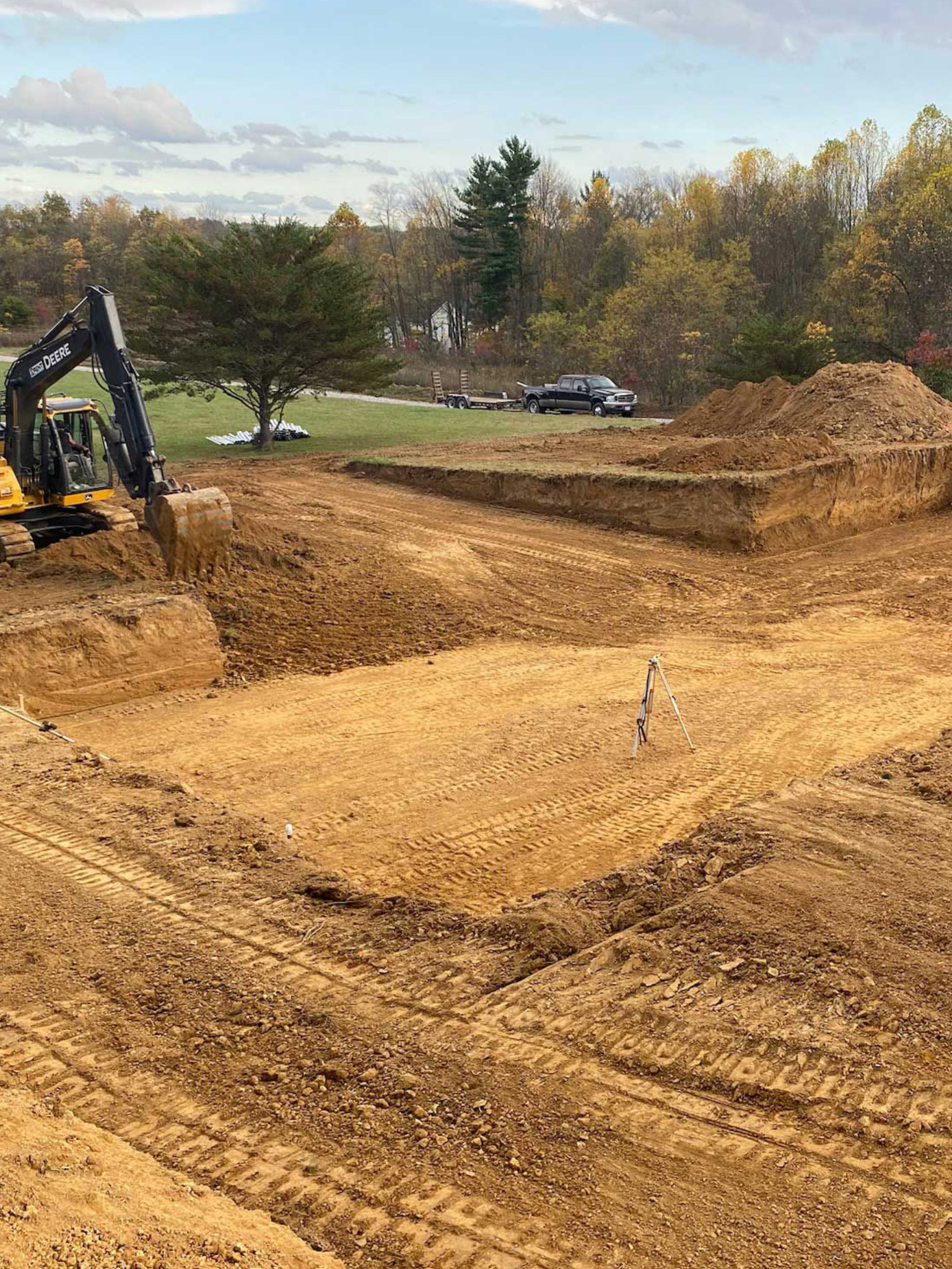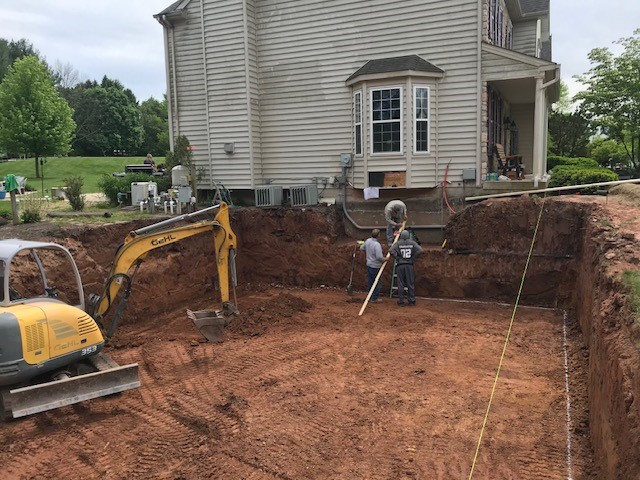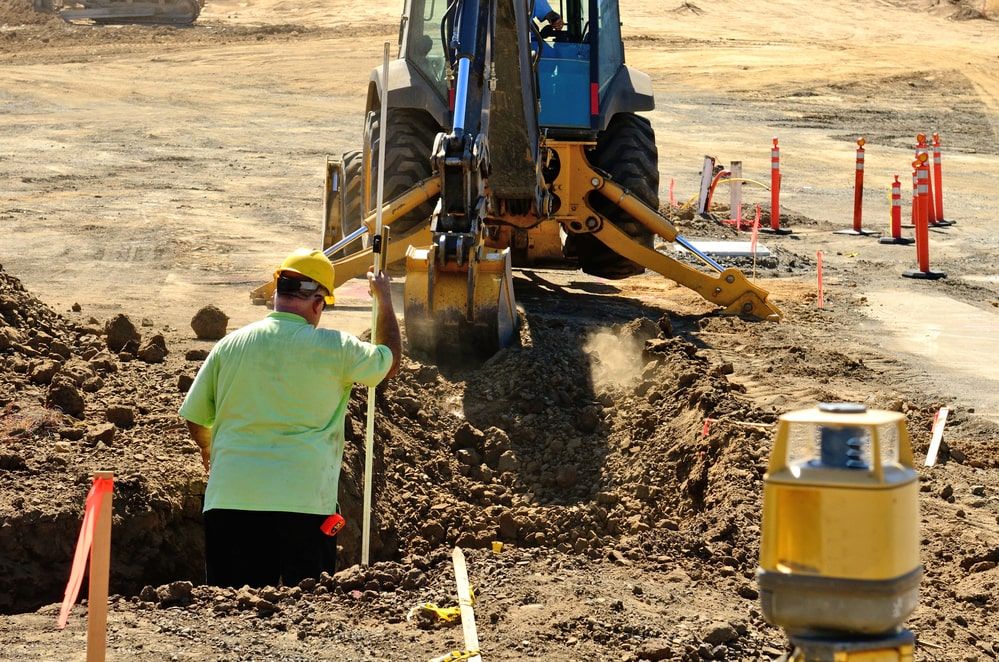Comprehensive Excavation Techniques: Grasping the Fundamentals for Success
In the realm of construction and civil engineering, the relevance of efficient excavation methods can not be overstated. The cautious preparation, accurate execution, and thorough focus to detail called for in excavation tasks demand an extensive technique that encompasses various fundamental facets. From preliminary soil analysis to the application of security steps and routine progress monitoring, understanding these core components is important for accomplishing success in any excavation undertaking. However, truth mastery exists not just in comprehending these fundamentals yet in flawlessly incorporating them to navigate the complexities of excavation jobs with skill.
Recognizing Excavation Job Preparation

The first stage of any kind of excavation project is the preparation stage, where essential decisions are made that can dramatically impact the outcome of the project. Comprehending the task budget, extent, and timeline constraints is important for creating a comprehensive excavation strategy that makes certain the task's success.
One trick aspect of excavation task preparation is the growth of a thorough timeline that details the sequence of turning points, target dates, and activities. By thoroughly thinking about all these factors throughout the planning phase, excavation projects can be performed efficiently and efficiently, leading to successful outcomes - lancaster trenching.
Dirt Analysis and Website Analysis
Performing detailed dirt evaluation and site analysis is a critical action in the prep work phase of any kind of excavation task. Soil analysis entails figuring out the structure, framework, and homes of the soil at the excavation site. This info is essential for recognizing the dirt's bearing capacity, moisture content, and capacity for erosion, which are key consider figuring out the excavation approaches and tools needed for the job.
Site assessment exceeds soil analysis and encompasses a more comprehensive analysis of the general site conditions. This examination includes identifying any kind of prospective hazards, such as below ground energies, environmental worries, or unpredictable surface, that might influence the excavation process. By thoroughly examining the website, task supervisors can develop effective excavation methods that prioritize safety, performance, and environmental protection.
Making use of sophisticated innovations like ground-penetrating radar, dirt tasting, and drone studies can improve the accuracy and performance of soil analysis and site examination. Spending time and resources in these preliminary actions can inevitably save time and prevent costly delays or complications during the excavation process.
Devices Selection and Usage
Efficient excavation jobs count heavily on strategic equipment choice and use to guarantee ideal efficiency and efficiency. Choosing the best devices for the task is vital in taking full advantage of effectiveness and decreasing downtime. Factors such as the kind of dirt, deepness of excavation, and task range play a significant role in determining one of the most appropriate tools for the task at hand.

Along with picking the ideal devices, correct usage is crucial to job success. Operators should be educated to manage the equipment securely and effectively - septic ohio. Routine maintenance checks and timely repairs assist stop break downs and make certain regular performance throughout the job
Precaution and Rules Conformity
In the realm of excavation projects, focusing on safety measures and conformity with regulations is paramount to guaranteeing a legally audio and secure operational setting. Precaution encompass a range of methods, see it here including performing complete site analyses, carrying out correct signs and obstacles, and giving appropriate safety and security training for all employees associated with the excavation procedure. Adherence to guidelines, such as OSHA needs in the USA, ensures that the excavation task fulfills the necessary requirements to shield employees, bystanders, and the surrounding environment.

Monitoring Progression and Adjusting Approaches
Exactly how can forecast supervisors successfully track the advancement of excavation projects and adjust their approaches accordingly to maximize results? Tracking progression is necessary for ensuring that excavation jobs remain on track and meet deadlines. Project supervisors can utilize numerous devices and strategies to track progression, such as daily progression reports, normal site assessments, and progressed surveillance innovations like drones and general practitioners tracking systems. By continuously checking the job's innovation, managers can identify any kind of possible delays or problems beforehand and take proactive measures to resolve them.

Final Thought
Finally, mastering the basics of thorough excavation methods is important for the success of any project. By understanding job planning, examining dirt and site problems, selecting suitable tools, following security guidelines, and checking development, job supervisors can make sure a smooth and effective excavation process. Executing these strategies will certainly result in successful end results and minimize potential threats or obstacles throughout the excavation task.
The initial stage of any excavation task is the preparation stage, where crucial decisions are made that can considerably impact the outcome of the task. Comprehending the task timeline, scope, and spending plan constraints is essential for developing a detailed excavation plan that makes certain the task's success.
Just how can forecast supervisors successfully track the advancement of excavation jobs and adapt their approaches appropriately to maximize end results? By carefully keeping track of development and being ready to adjust methods, job supervisors can boost the general success of excavation jobs.
By understanding task preparation, assessing soil and website conditions, picking appropriate equipment, abiding with safety policies, and checking progression, task managers can make sure a reliable and smooth excavation process.